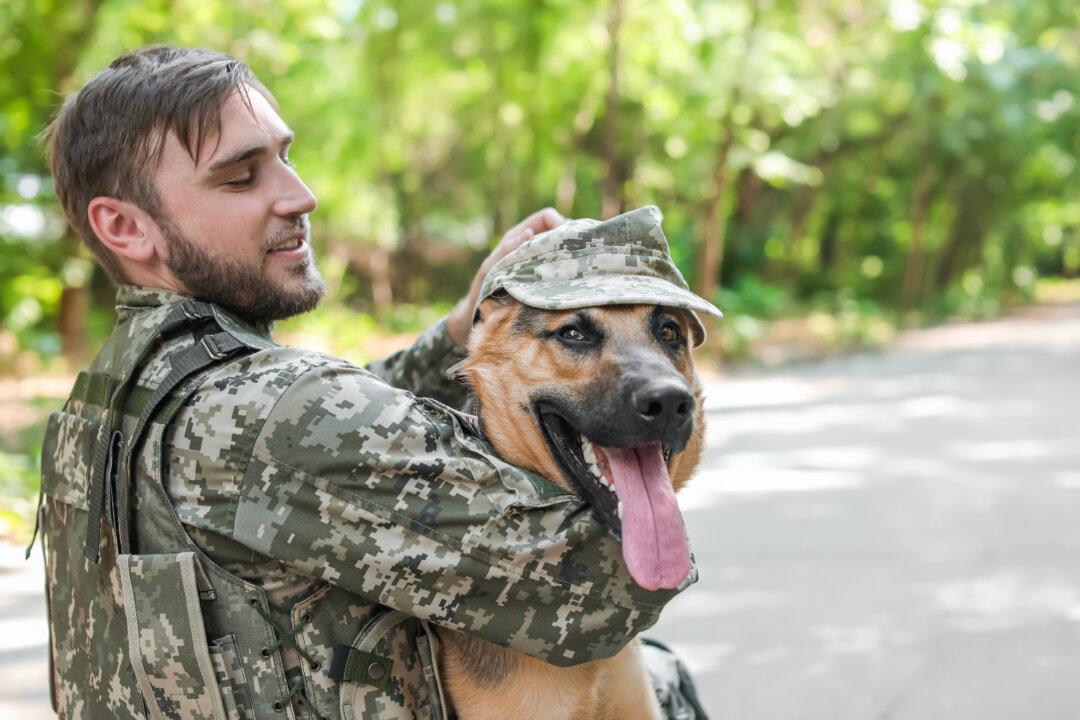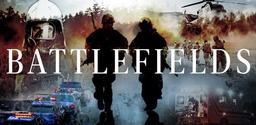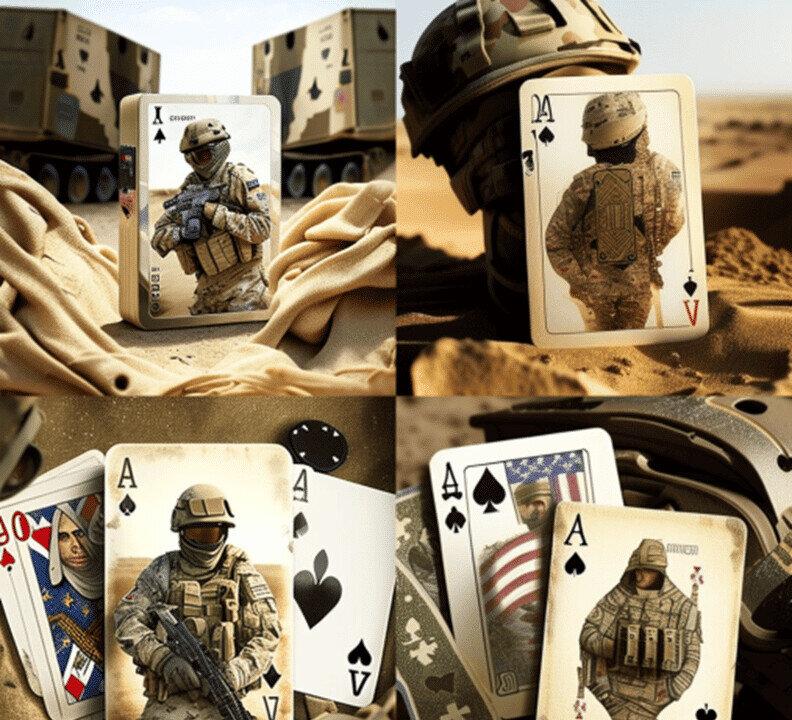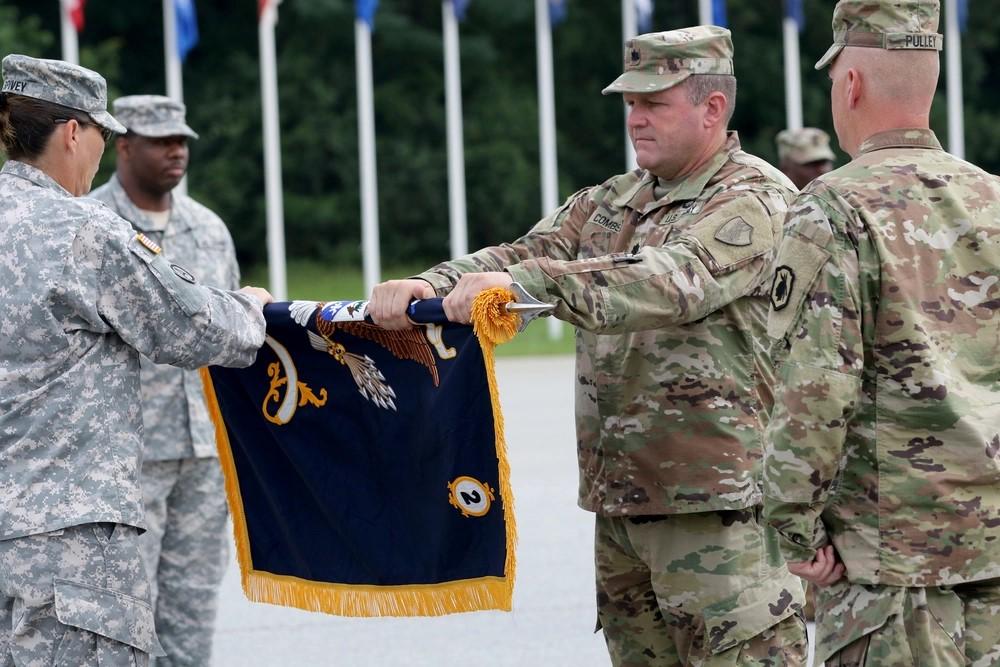According to PR Newswire, a Harris poll conducted in June 2021 indicated that a majority of Americans believe most veterans have PTSD. That’s a problem, and based on more recent data, it does not appear to be getting better.
The survey of 2,000 respondents indicated a belief by most Americans that most veterans have PTSD (wrong; the real figure is a still-concerning but much lower 11–20 percent). It also found that around a quarter of respondents believe that most people with PTSD are violent (not true, unless they are also abusing alcohol or drugs) and that PTSD is untreatable (definitely untrue—in fact sometimes it goes away on its own). Of course, 40 percent of the poll’s respondents don’t even know what the acronym PTSD stands for (it’s Post Traumatic Stress Disorder), so maybe we shouldn’t take the results too seriously.





